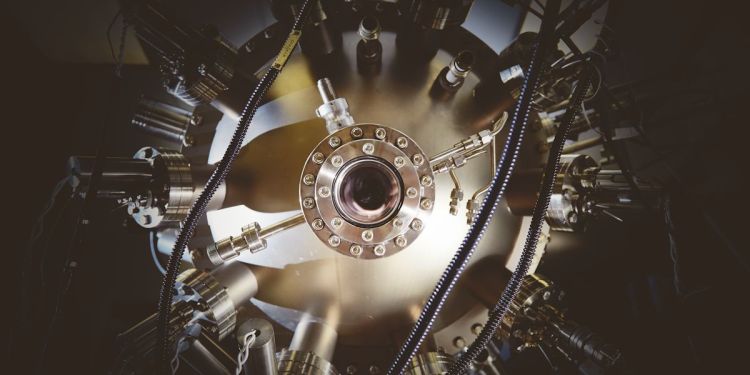EPSRC NetworkPlus in Terahertz (THz) Systems
Special Interest Groups

We have established six Special Interest Groups (SIGs), each based on a defined thematic area.
Our SIGs and leaders
SIG 1: High-frequency electronics and communication systems
Led by Dr Wladislaw Michailow (University of Cambridge and University of Swansea) and Dr Miguel Navarro Cía (University of Birmingham)
SIG 2: Solid state and quantum materials, devices, and systems
Led by Professor Marco Peccianti (University of Loughborough) and Professor Steven Jamison (University of Lancaster)
SIG 3: Healthcare
Led by Dr Phil Taday (TeraView)
SIG 4: Chemical and biological systems
Led by Dr Fabio Novelli (University of Southampton) and Dr SaeJune Park (QMUL)
SIG 5: Astronomy and Earth observation
Led by Dr Hui Wang (STFC/RAL Space) and Dr Alex Valavanis (University of Leeds)
SIG 6: Non-destructive testing, security, and process monitoring
Led by Dr Hungyen Lin (University of Warwick) and Dr Mira Naftaly (NPL)
Each SIG will bring together academics and industry professionals across their thematic area, through a series of events and collaborative activities. If you are interested in joining the Network or one or more of our SIGs, please email us at terahertz@leeds.ac.uk.

